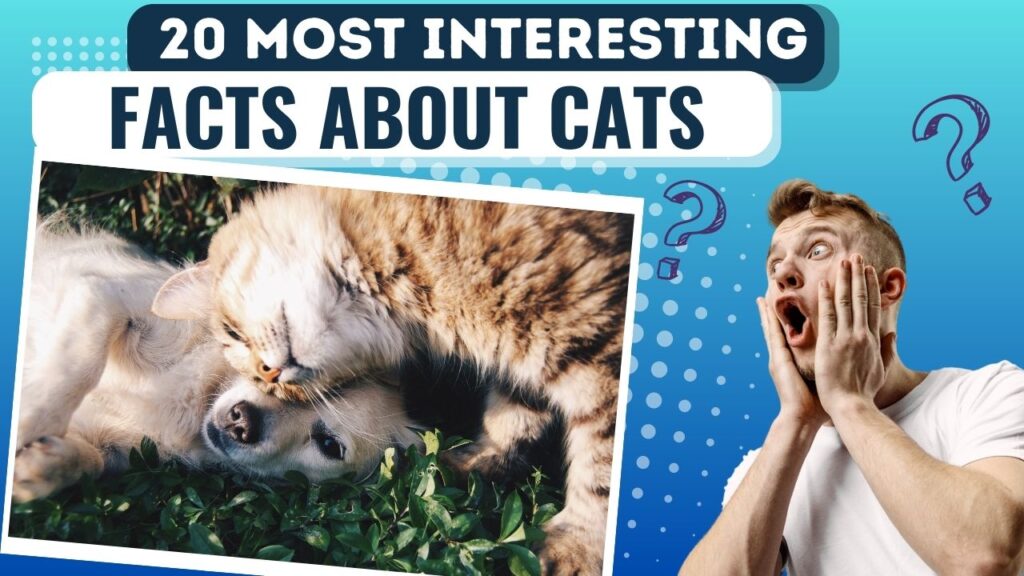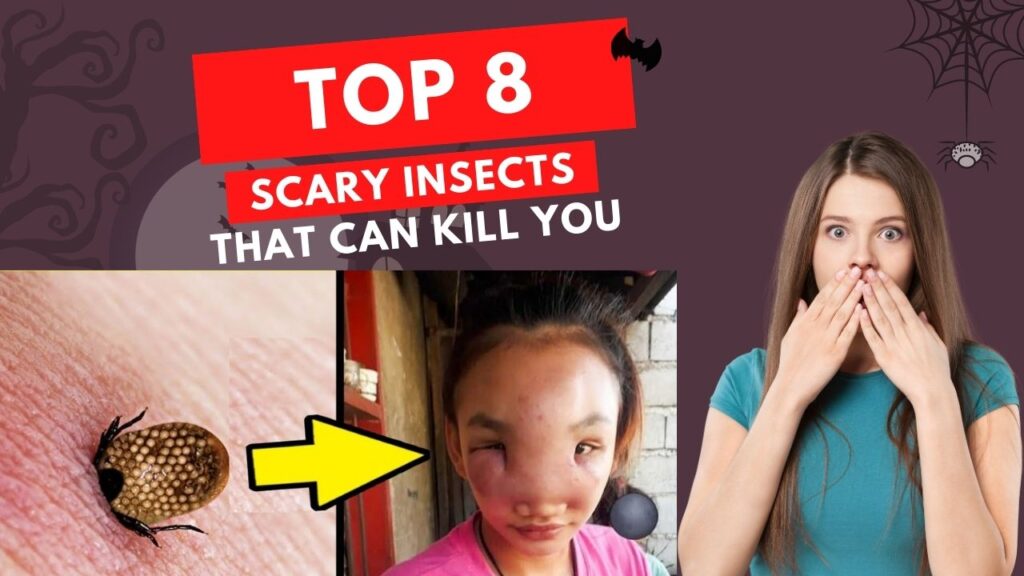
Large carnivores, such as lions, tigers, and bears, are typically the first animals that come to mind when thinking of terrifying and dangerous animals. Nevertheless, some of the most dangerous animals on Earth are actually very small creatures that we might not even notice if they weren’t pointed out to us. For instance, certain kinds of insects are not only capable of inflicting a great deal of harm, but they can also be outright terrifying. In this article, we’ll take a look at the 8 most scary and deadliest insects in the world.
The Importance of Deadliest Insects in the Ecosystem
Before delving into the frightening and lethal aspects of certain insects, it is important to acknowledge the significance of insects in general to the ecosystem. Pollinating plants, preventing the spread of harmful organisms, and providing a significant portion of the nutrition for a wide variety of other animals are all important roles that insects play in ecosystems. In this discussion, we will be focusing on the unusual circumstances in which interactions between humans and insects can be harmful.
Insect-Related Deaths: Rarity and Context
It is essential to keep in mind that deaths caused by insects are uncommon in comparison to those caused by other factors. Insects typically stay away from people and instead prefer to act in accordance with their innate tendencies. On the other hand, there are some circumstances that can lead to serious consequences, such as accidental encounters, allergic reactions, or the venomous characteristics of certain species. Understanding, taking necessary precautions, and raising awareness can all contribute to lowering the risk posed by these insects.
8. Bullet Ant
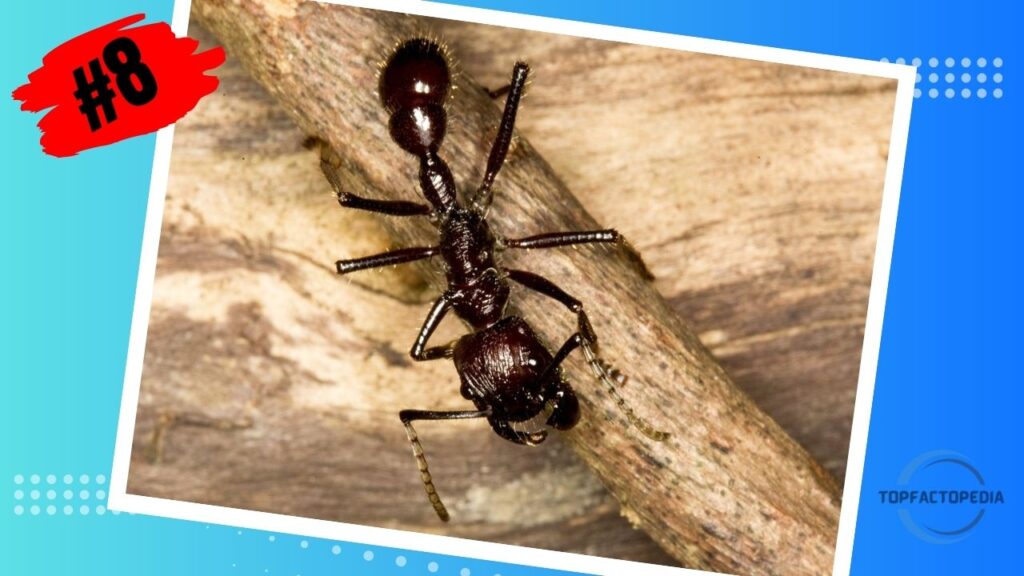
It is widely believed that the sting delivered by bullet ants is one of the most excruciatingly painful insect stings in the entire world. Bullet ants have earned a well-deserved reputation for this trait. Their venom does not have the ability to kill, but it can cause excruciating pain, swelling, and a variety of other systemic symptoms. Because they are primarily found in the rainforests of Central and South America, encounters with bullet ants are extremely uncommon.
7. Africanized Honey Bee
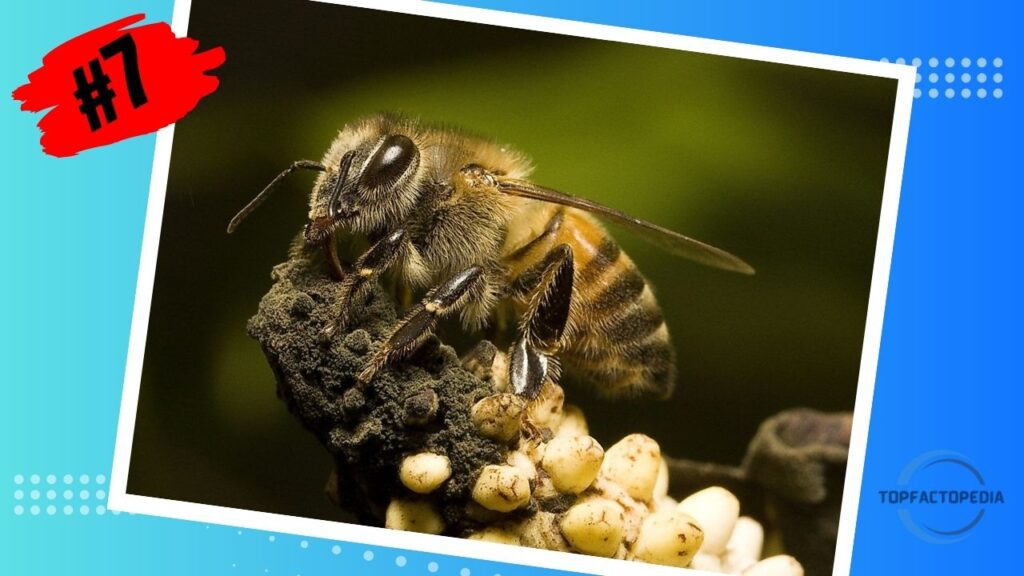
When they are provoked, Africanized honey bees, also called “killer bees,” are a hybrid species that can become extremely aggressive. It has been documented that they will pursue and attack humans, leaving victims with multiple stings. The cumulative effect of multiple stings can be dangerous, particularly for people who are allergic to the venom that bees produce; however, a single sting does not typically pose a threat to a person’s life.
6. Giant Japanese Hornet
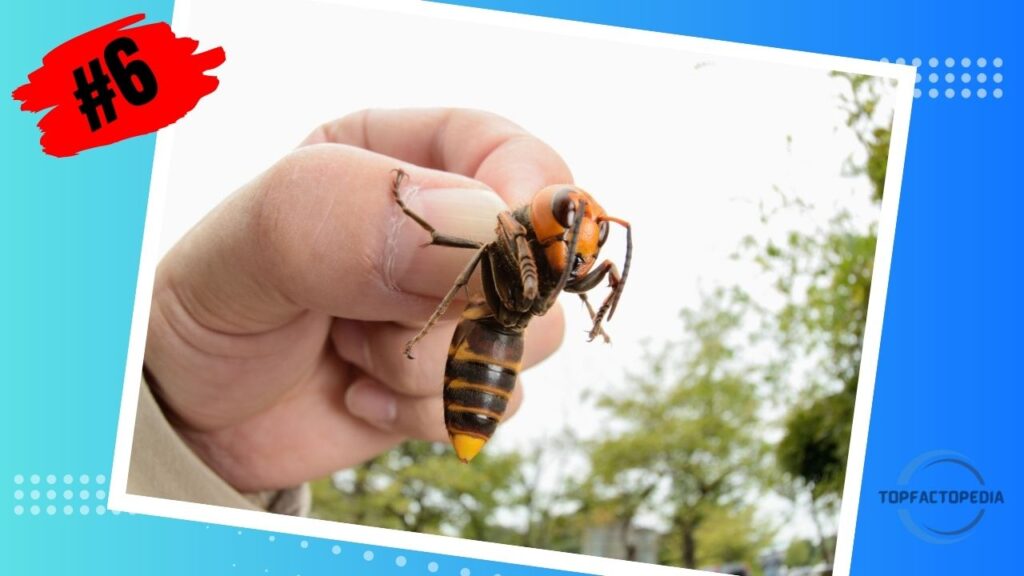
The giant Japanese hornet is one of the hornet species that can grow to be the largest on the planet. Its venom contains potent toxins that, in rare instances, can cause death as well as severe allergic reactions, organ failure, and even death itself. Although the aggressive behaviour of the giant Japanese hornet makes it a dangerous insect, encounters with humans are relatively uncommon.
You May Also Like: 8 Most Magical Places on Earth You Won’t Believe Exists
5. Tsetse Fly
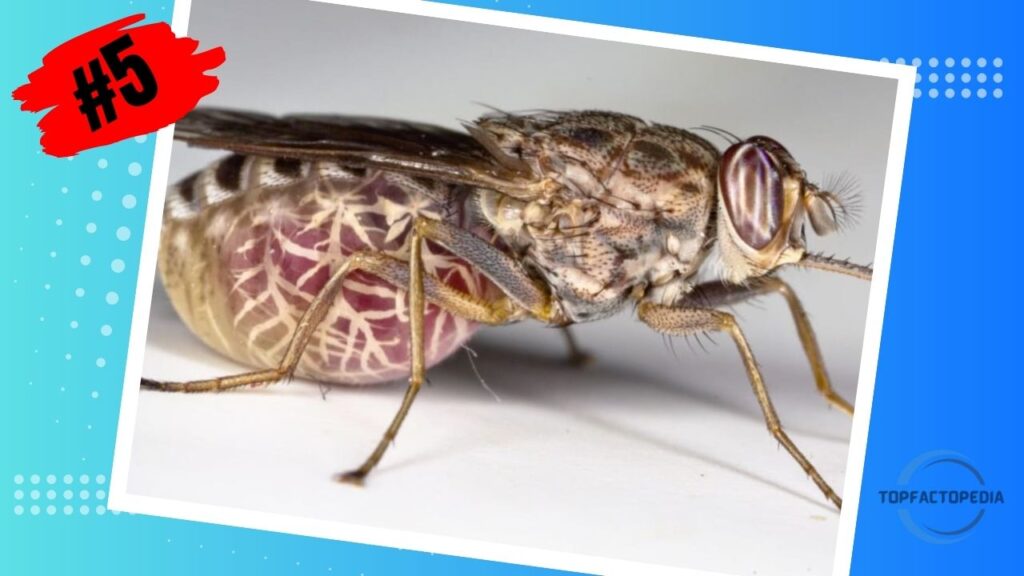
Sleeping sickness, also known as African trypanosomiasis, is a parasitic disease that can be spread by tsetse flies, which are native to sub-Saharan Africa. If treatment is not received, the disease can be fatal. Due to the fact that tsetse flies are drawn to the motion, heat, and carbon dioxide that are produced by humans and animals, they pose a significant public health risk in areas that are affected by them.
4. Kissing Bug
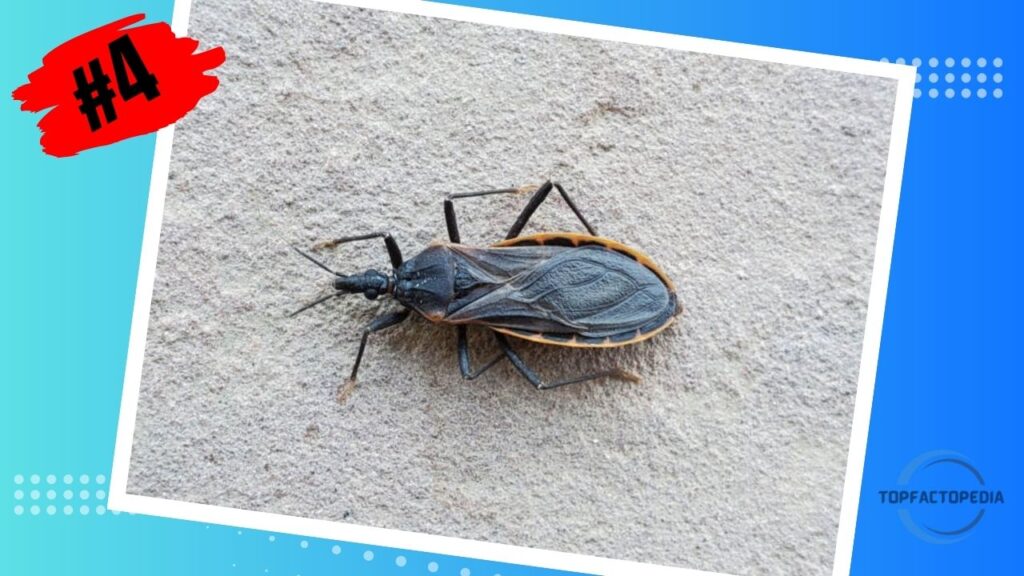
Kissing bugs, also referred to as assassin bugs, are capable of transmitting a parasite known as Trypanosoma cruzi, which is the causative agent of Chagas disease. The bites themselves rarely cause any discomfort; however, if the disease is allowed to progress unchecked, the disease’s long-term effects can be severe and even fatal. The Americas are the most common location for the presence of kissing bugs.
3. Sydney Funnel-web Spider
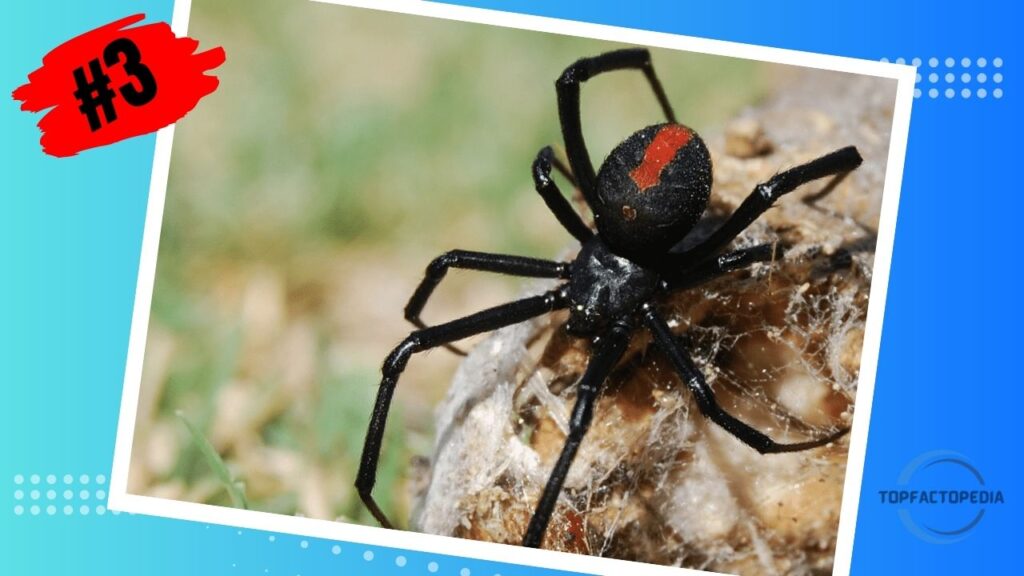
The Sydney funnel-web spider, which is found only in Australia, is widely regarded as one of the most dangerous species of spider in the world. Its venom is extremely poisonous and has the potential to bring on severe neurological symptoms. If you or someone you know has been bitten by a Sydney funnel-web spider, you should seek medical attention as soon as possible so that the effects of the spider’s venom can be mitigated by an anti-venom.
2. Brown Recluse Spider
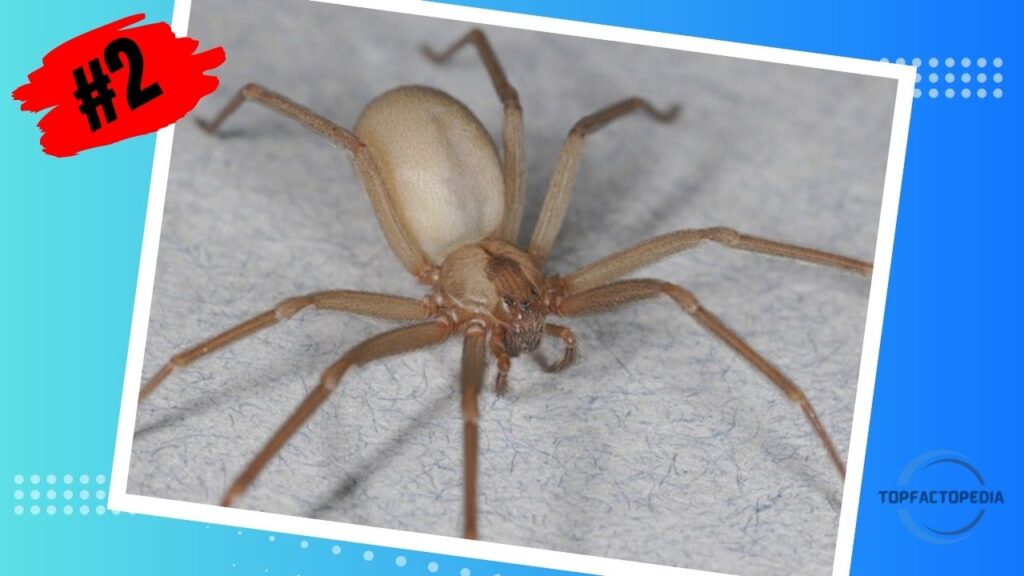
The brown recluse spider is native to North America and is notorious for having a bite that is extremely poisonous. The venom of the brown recluse spider has the potential to bring about a condition known as necrosis, which refers to the death of tissue. The bite has the potential to be fatal in severe cases.
You May Also Like: 5 Most Fearless Creatures in the World 2023
1. Mosquito
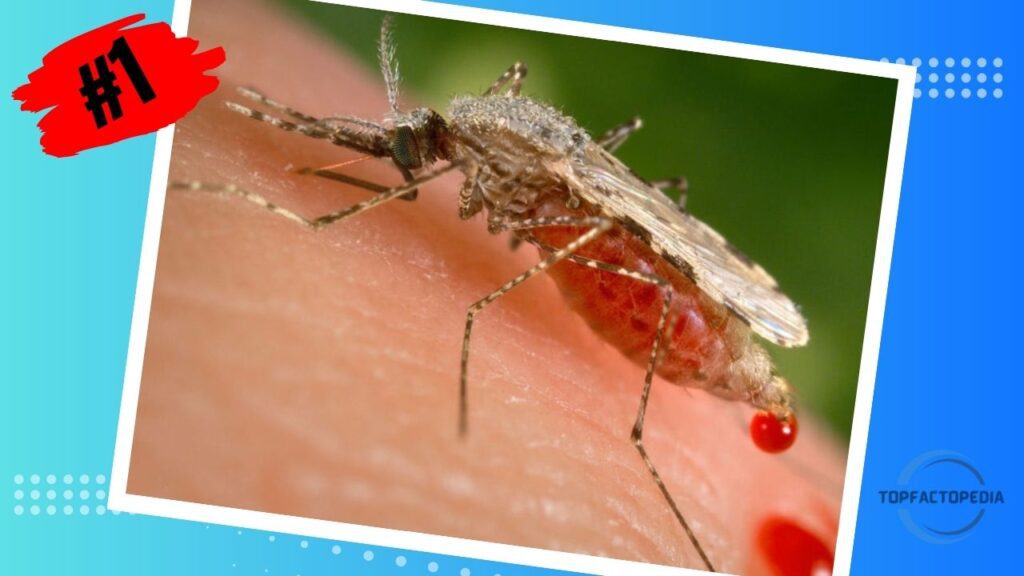
Malaria, dengue fever, the Zika virus, and West Nile virus are just some of the potentially fatal diseases that can be spread by mosquitoes. These diseases have the potential to cause serious harm to one’s health and, in some instances, even result in death. Even though the diseases that mosquitoes carry are the most dangerous, it is still important to take the necessary precautions to avoid getting bitten by mosquitoes. This is especially important in areas where the diseases that mosquitoes carry are common.
Conclusion
Even though close encounters with the world’s scariest and deadliest insects are relatively uncommon, it is imperative to be aware of their existence and to take the necessary precautions when residing in or travelling to areas where they are common. The potential for harm can be reduced by gaining an awareness of the dangers posed by these insects and by taking the necessary precautions to protect oneself. This will make it possible to live in harmony with the natural world.
Few More Queries
- What insect has killed the most humans?
The mosquito is the one who has killed the most humans
- What is the strongest insect?
The horned dung beetle is the strongest insect
- What is the scariest bee?
Africanized honey bees can respond to perceived threats over 50 feet away from their nests. They’ve even chased these “threats” more than a mile! This hyper-defensive, dangerous behavior has earned the Africanized honey bee the nickname “the killer bee”.

